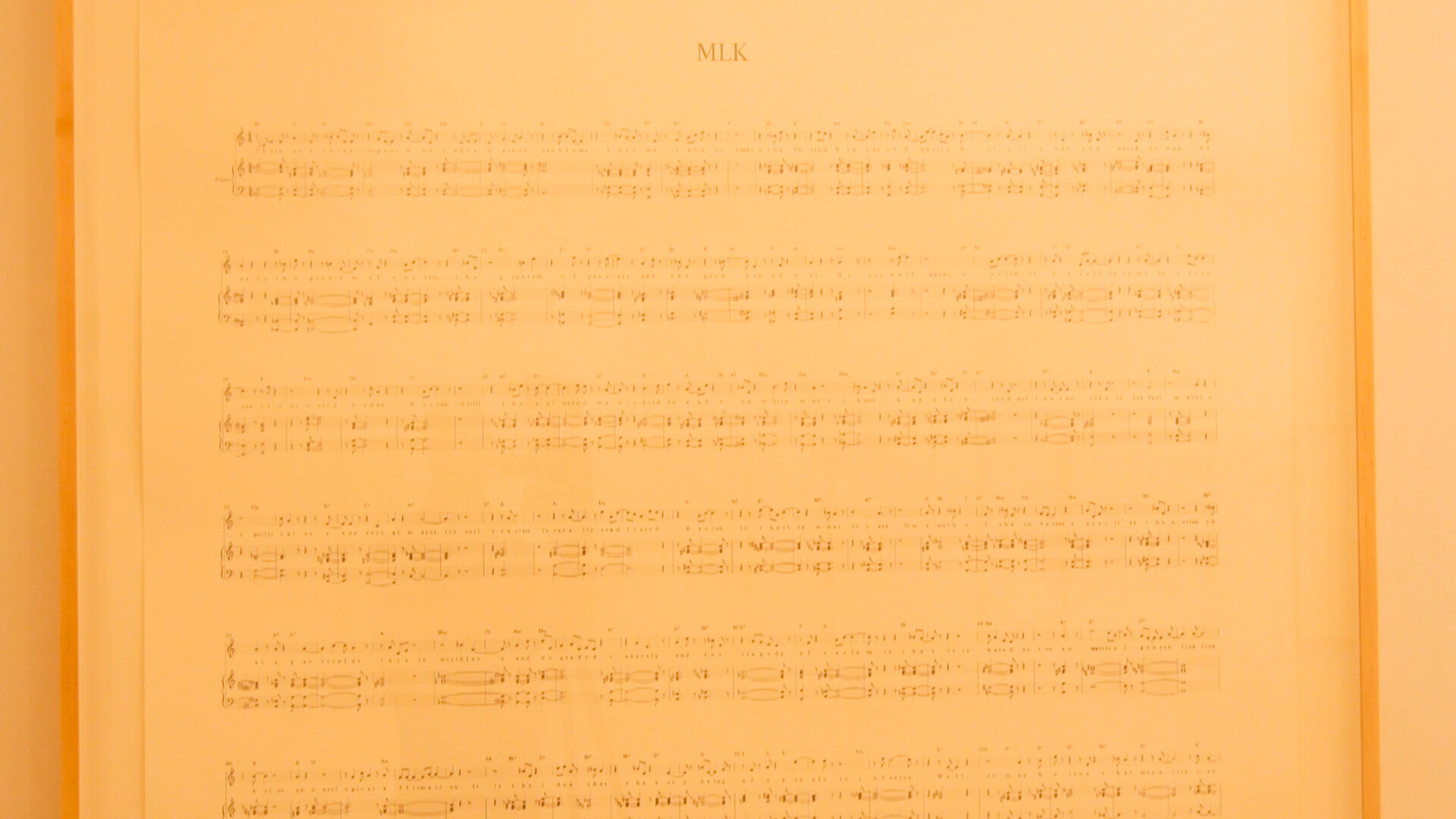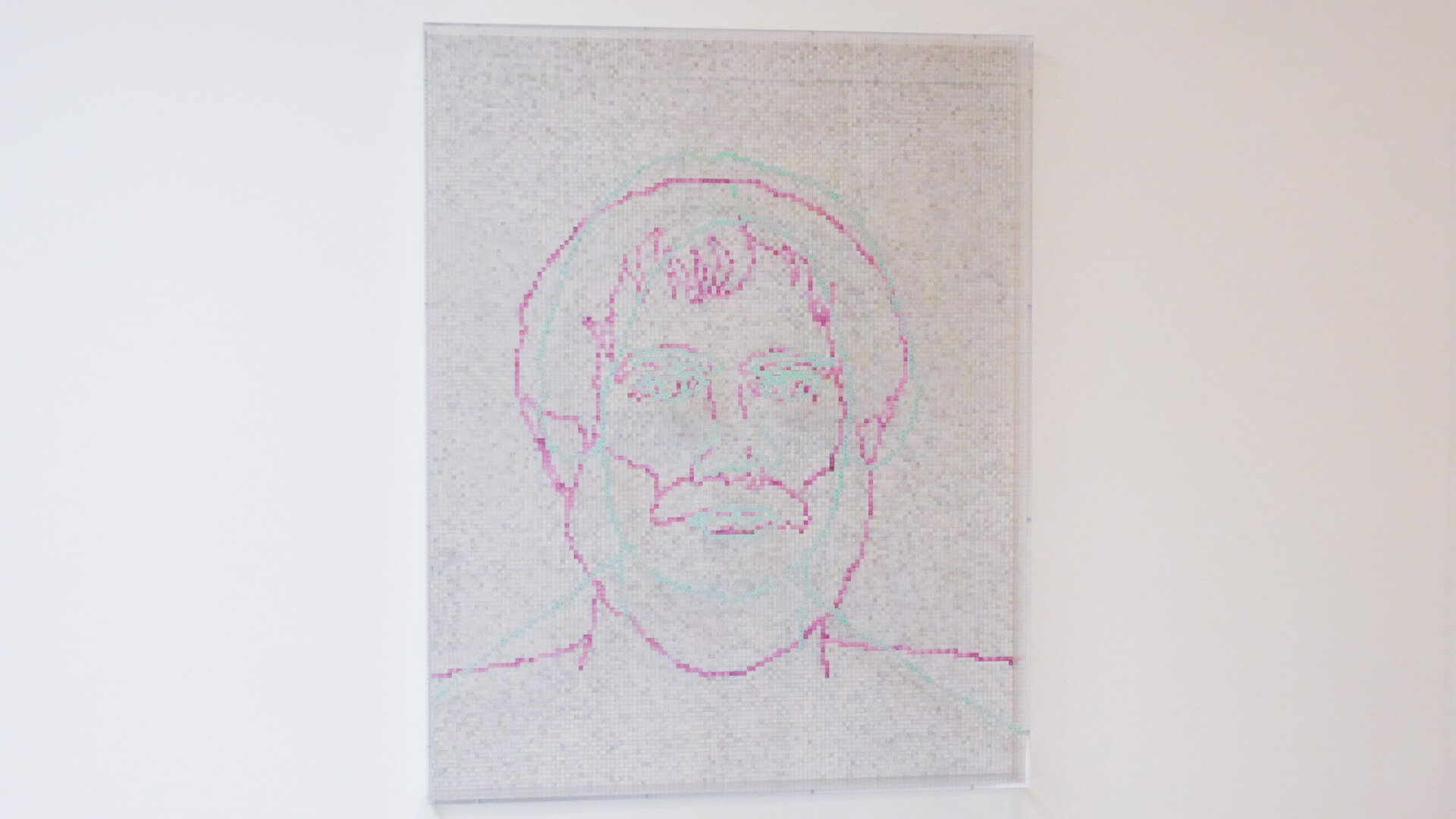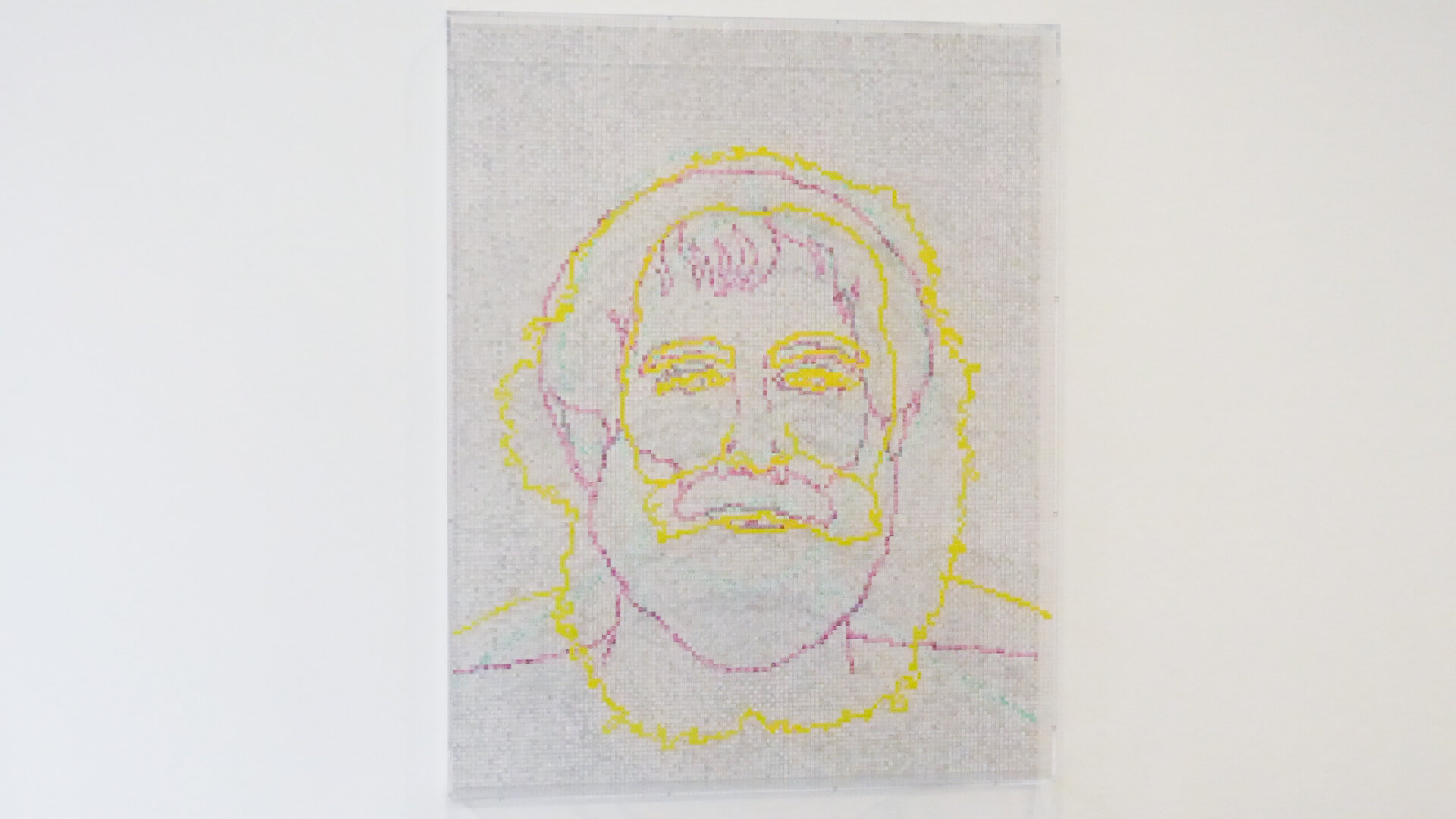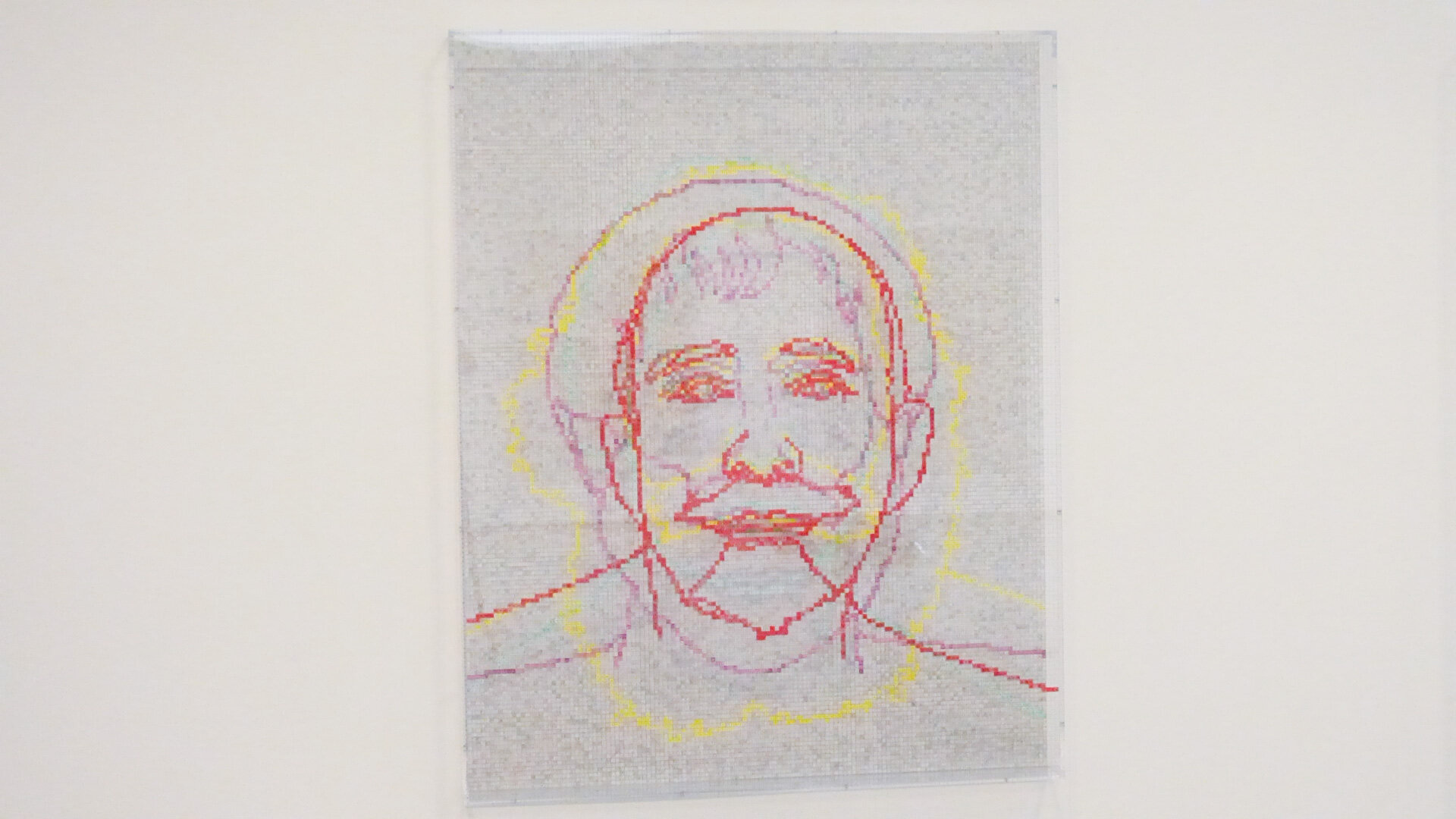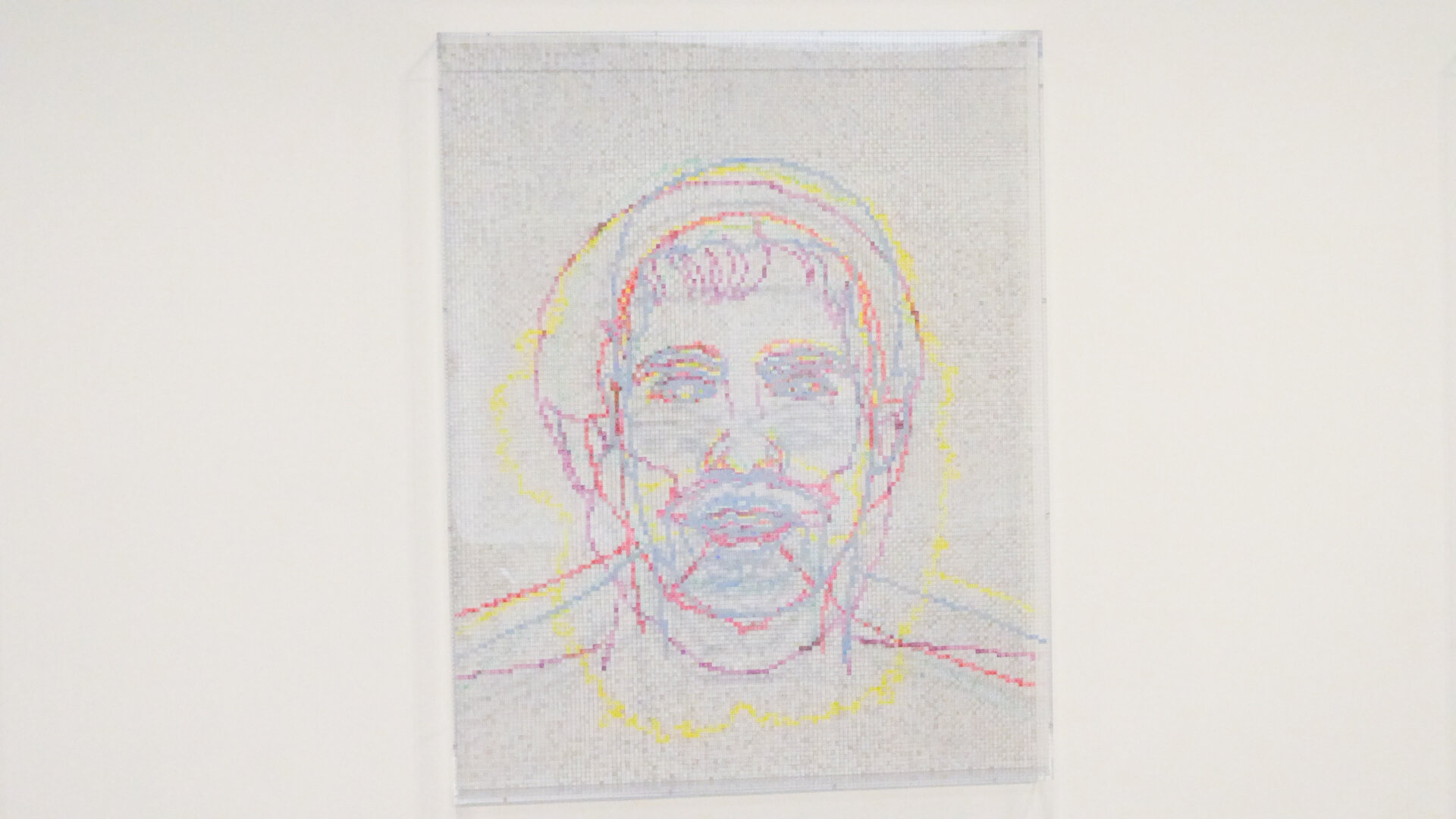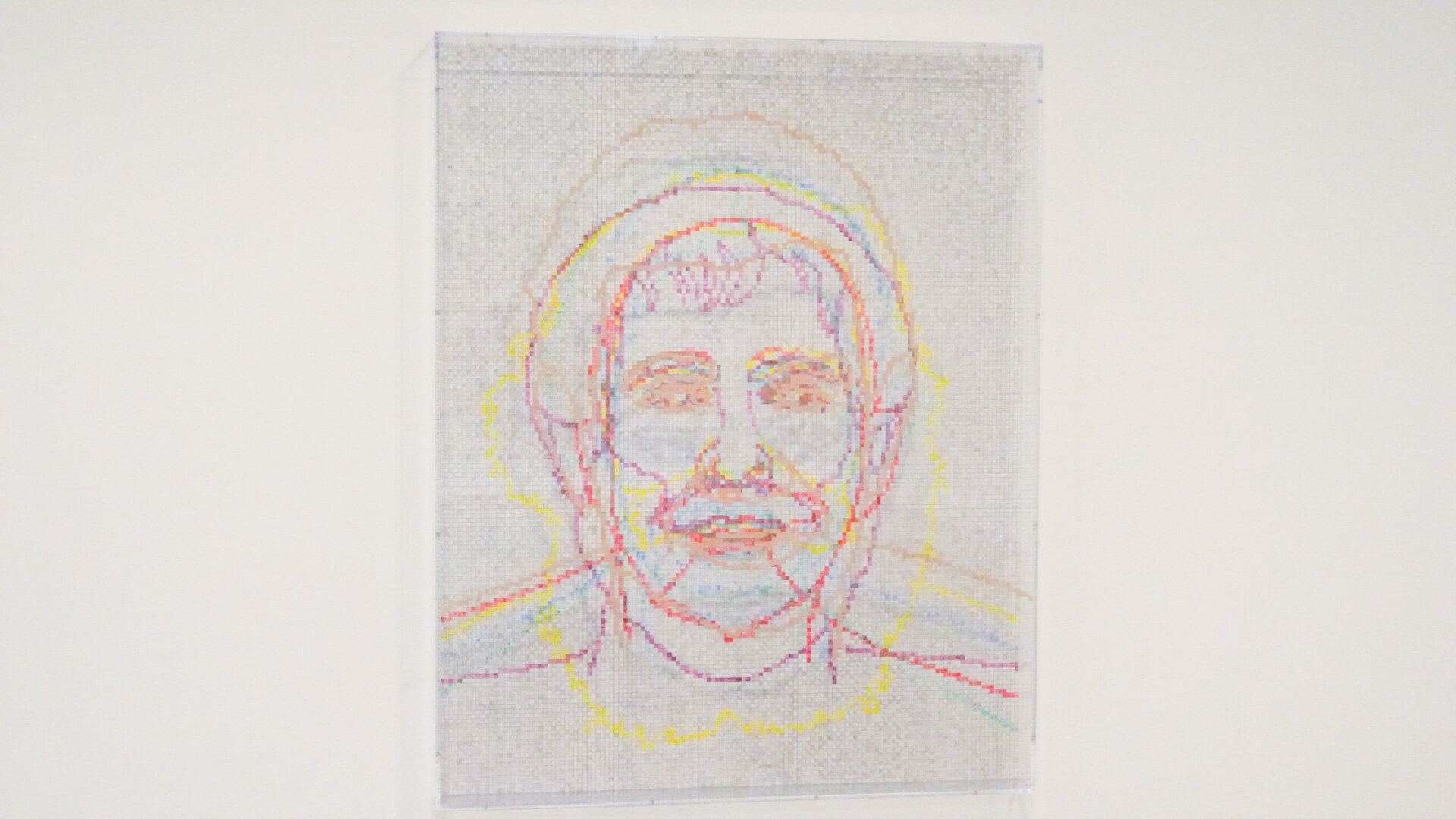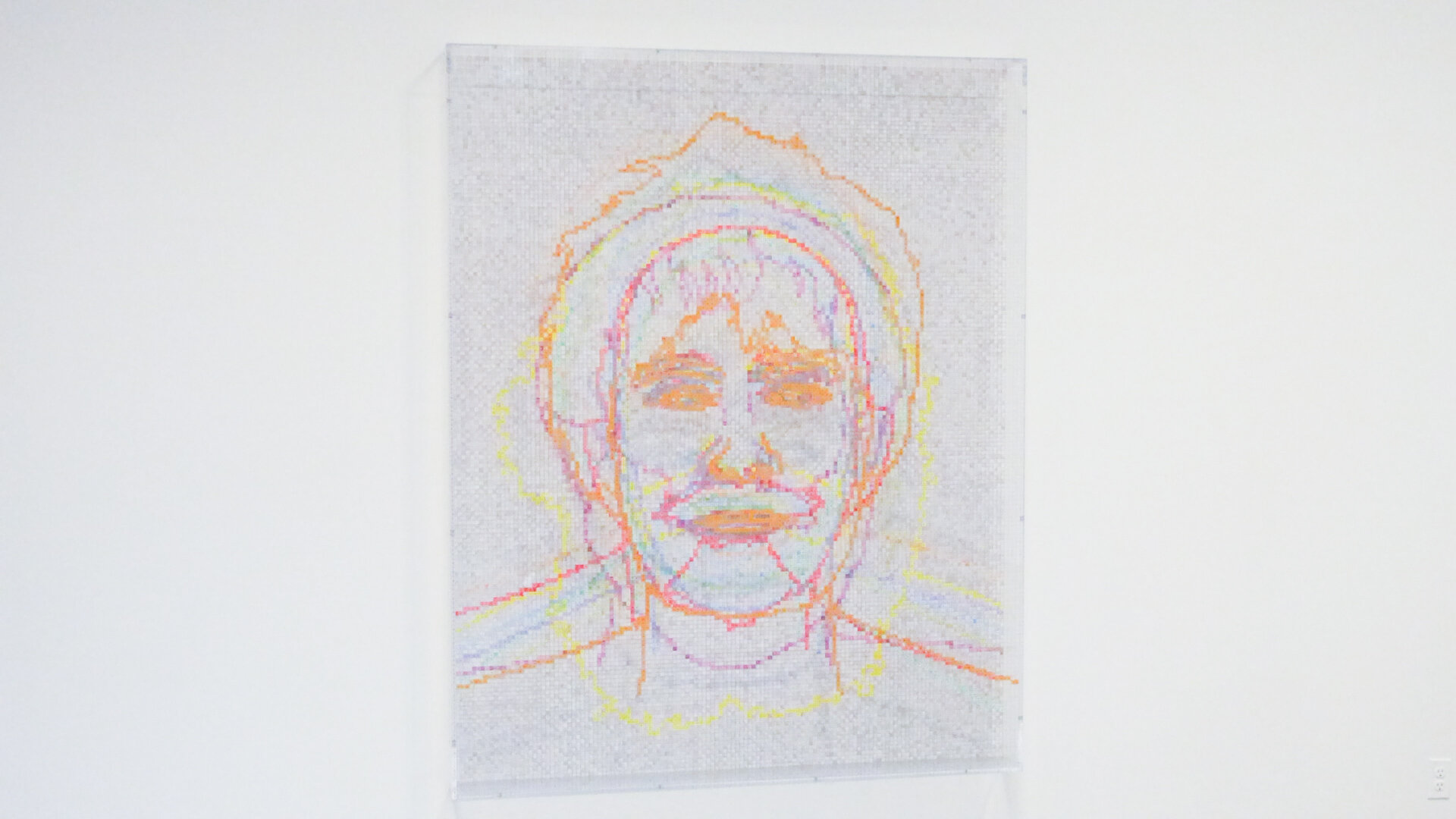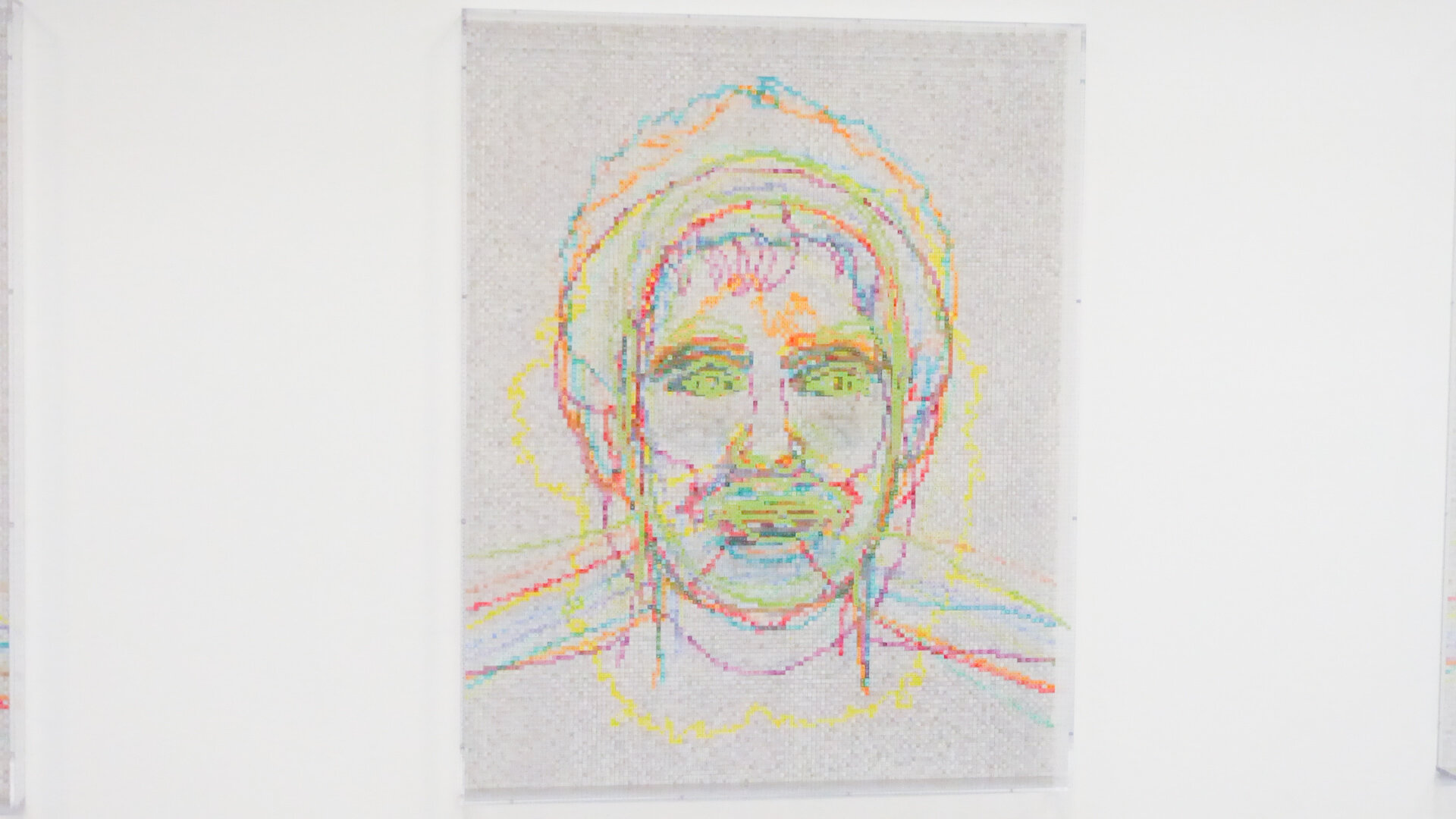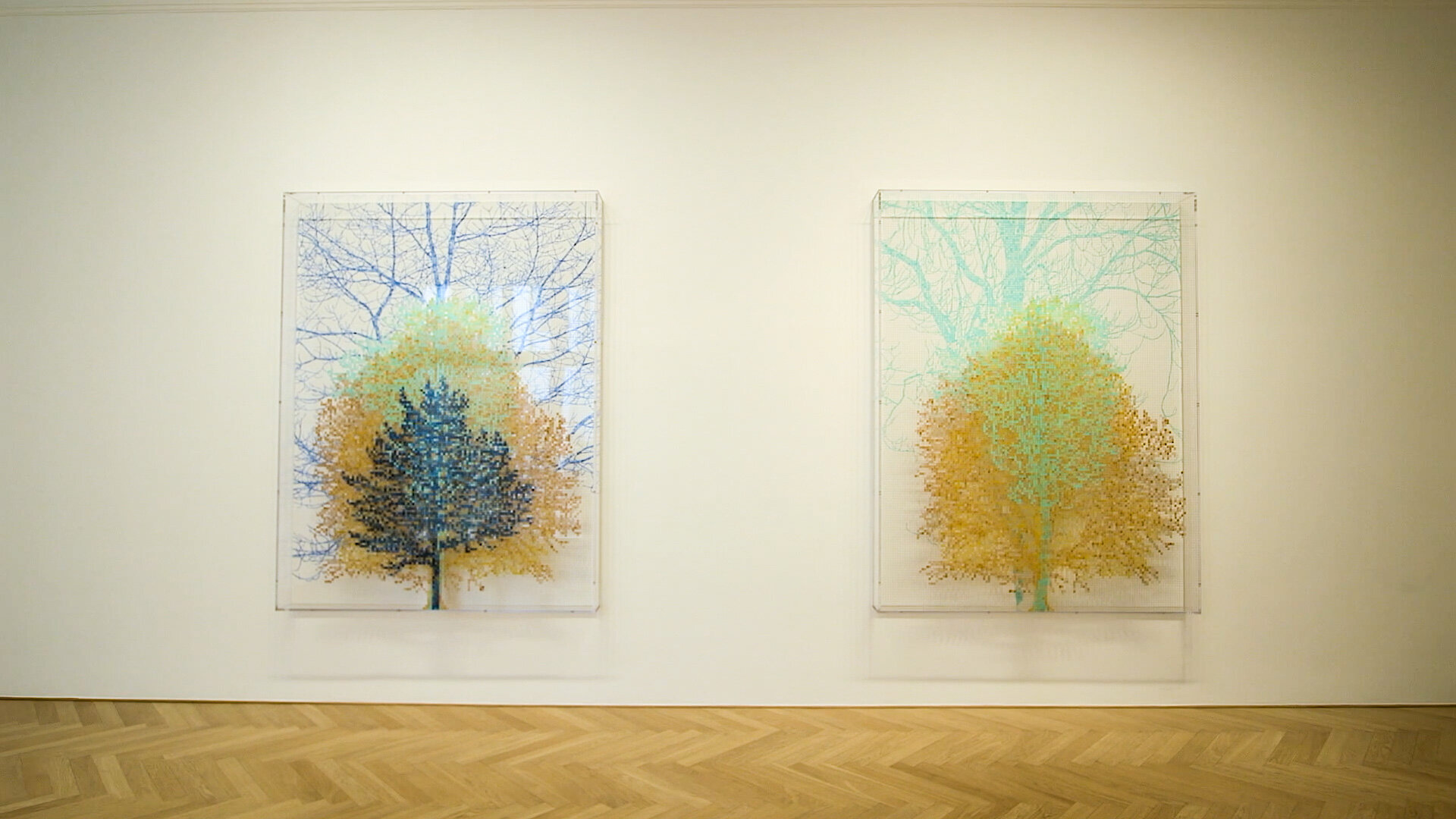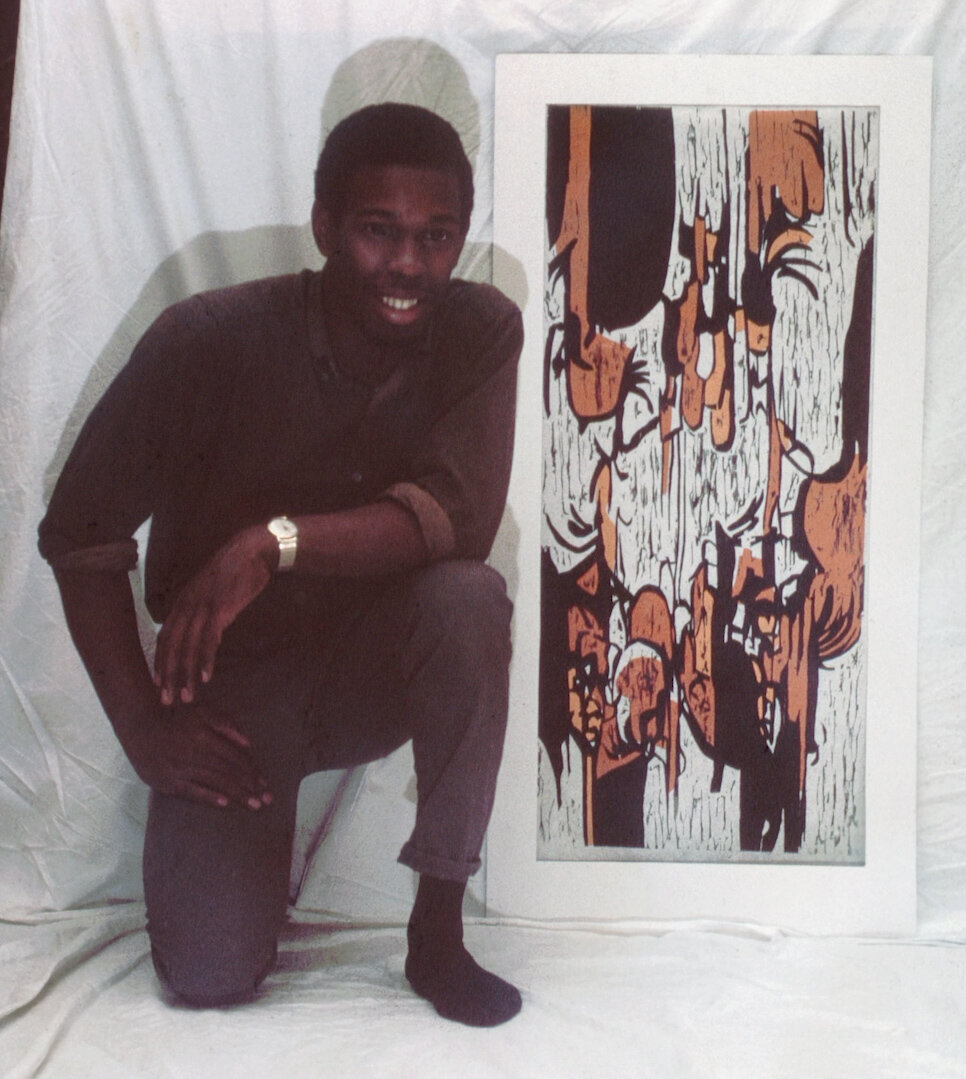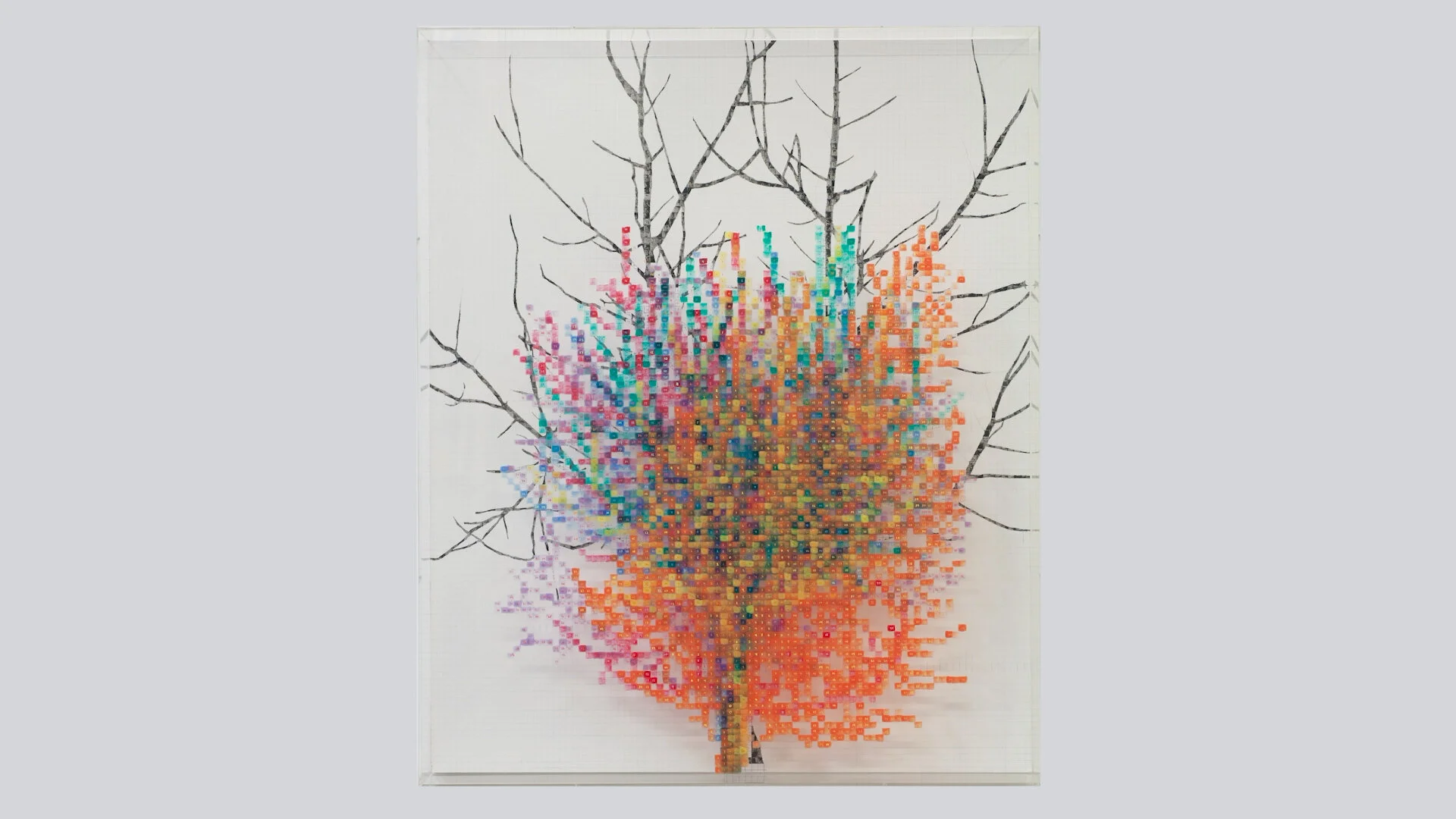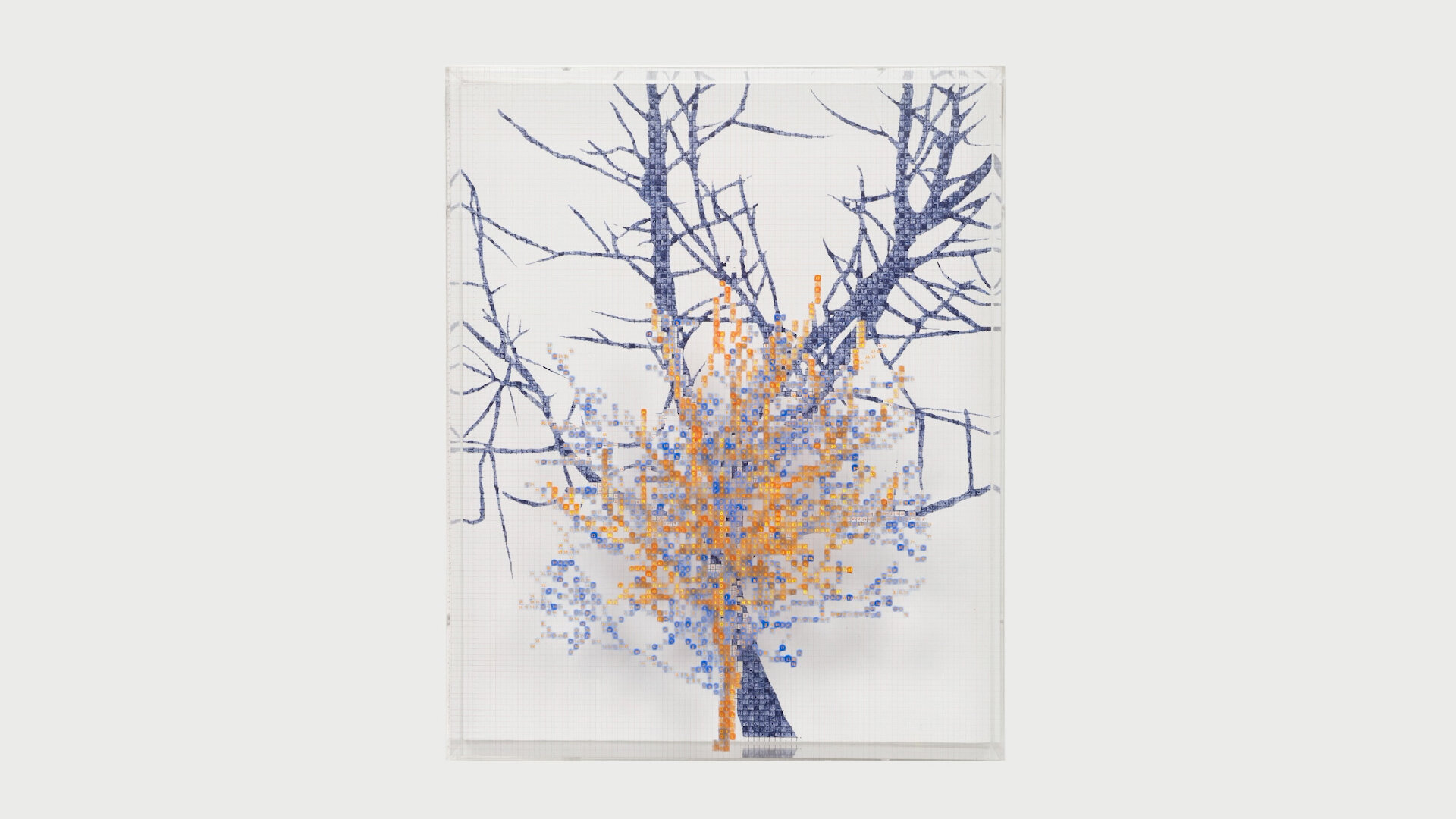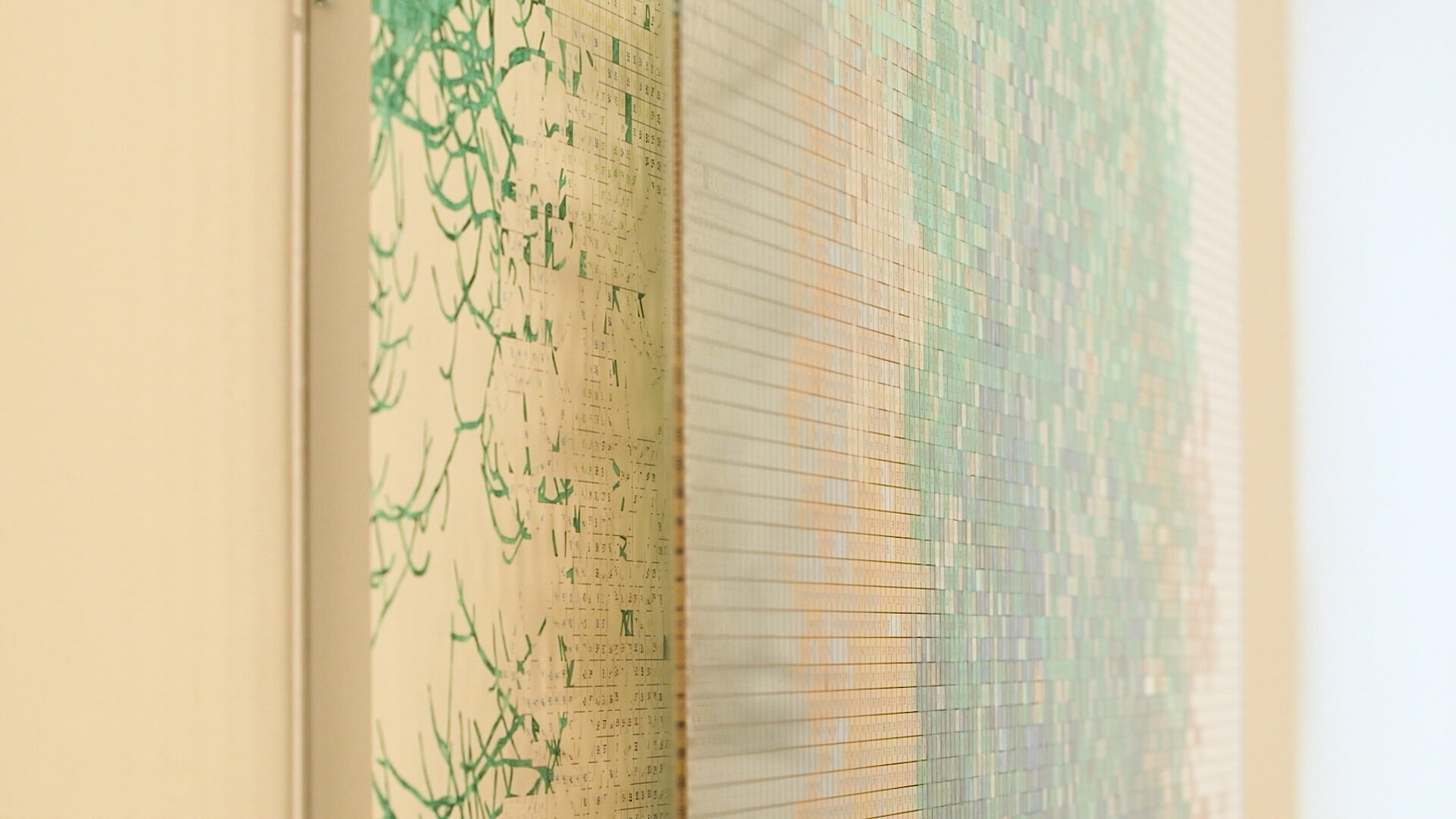Charles Gaines
Charles Gaines
Conceptual artist Charles Gaines was born in South Carolina in 1944. He earned a B.A. from Jersey City State University and an M.F.A. from Rochester Institute of Technology. His systems and rules-based work explores notions of aesthetics, politics, and identity via intricate and layered drawings, photographs, videos, and musical compositions. His 2018 exhibit at Paula Cooper Gallery, Faces 1: Identity Politics, featuring images of distinguished thinkers on the subject of identity, was filmed for his profile by The Artist Profile Archive. That same year another solo exhibit was filmed, from his series- Grids and Trees at Max Hetzler Gallery in Berlin. Gaines is included in the permanent collections of myriad art institutions including the Hammer Museum, the Hirshhorn Museum, the Studio Museum of Harlem, the Museum of Modern Art and the Whitney Museum of American Art. He lives and works in Los Angeles, California where he was interviewed for this profile and is a faculty member at California Institute of the Arts. From 1967 to 1990 he was a professor of art at California State University Fresno. Previous to that he taught briefly at Mississippi Valley State University in Itta Bena, Mississippi.
Charles Gaines - 12:10
“I’ll never forget that year. I only taught there one year, but it was the year that the Civil Rights Movement was exploding and the reaction to the Civil Rights Movement was also exploding, that is the repression of the movement and the repression of the activists. The country was extraordinarily divided because there was this attempt at changing America or keeping America the same- the Jim Crow, a model particularly in the South, particularly in Mississippi. So when I went down there, I was completely confronted by the reaction or the suppression that was being put upon the activists or people who were interested in advancing the civil rights of black people. It really became pronounced there at the university. It was a black university and it had a black president and all the students were black, but it had a white board. And since it was a state university, it was being controlled by the power structure, the power network that wanted to maintain the old South.”
“So during the time that I was there, Martin Luther King was shot and killed. And the students who were already becoming quite aware of the Civil Rights Movement wanted to, in some way, demonstrate a response to this incident... And so they wanted to demonstrate by marching into the town of Itta Bena, which was just about half a mile from the campus, carrying some picket signs to make the world know how profoundly affected they were by King’s death. And the president called the state governor and the state governor called in the state police to come and control the crowd. So when the students were marching toward the town, the state police surrounded them and somebody tried to give an order for them to go back to campus, and it’s very doubtful that they would have even heard because you’re talking about a couple of thousand kids and there’s a lot of noise and there was no megaphone or anything, they were just yelling, ‘Stop. Go back.’ And so they pulled out their guns and started shooting at the students and the students just scattered and started running. Fortunately… nobody was killed. But a similar thing happened in Jackson, Mississippi, and students were killed in that march. But three of the students in my classes were wounded. And it was not that they were shooting at the students, they were shooting around the students to try to get them to disperse, but bullets ricocheted and hit students and there were quite a number of injuries. It was just amazing that nobody got killed. But anyway, the campus went on a lockdown after that and forbade any demonstration, any protests, anything having to do with the support of the Civil Rights Movement, which I couldn’t believe my eyes.
And so at about the same time, I started having anxiety attacks. I didn’t know what they were. I thought I was dying so I went to see the doctor, and I said, ‘Doctor, I think I’m dying.’ He checked me and said, ‘You’re perfectly healthy.’ He said, ‘I think what you’re having is an anxiety attack and these symptoms will go away if you can figure out what’s causing the anxiety.’
Well, it didn’t take me long to figure it out. So I quit in the middle of the term. It was funny. I went to the dean and said I was leaving, and he said, ‘Why? This is a good job.’ They had closed-circuit cameras in my classroom. They were watching. They also hired some students and hired some faculty to spy on each other. And I said, ‘I can’t stay around here. I won’t even survive.’ And then I sent out new job applications and got several offers for positions. A couple in New York and one in California for Fresno State, the job I eventually took.”
“The music is so melodic. You would expect an arbitrary system to produce cacophony.”




